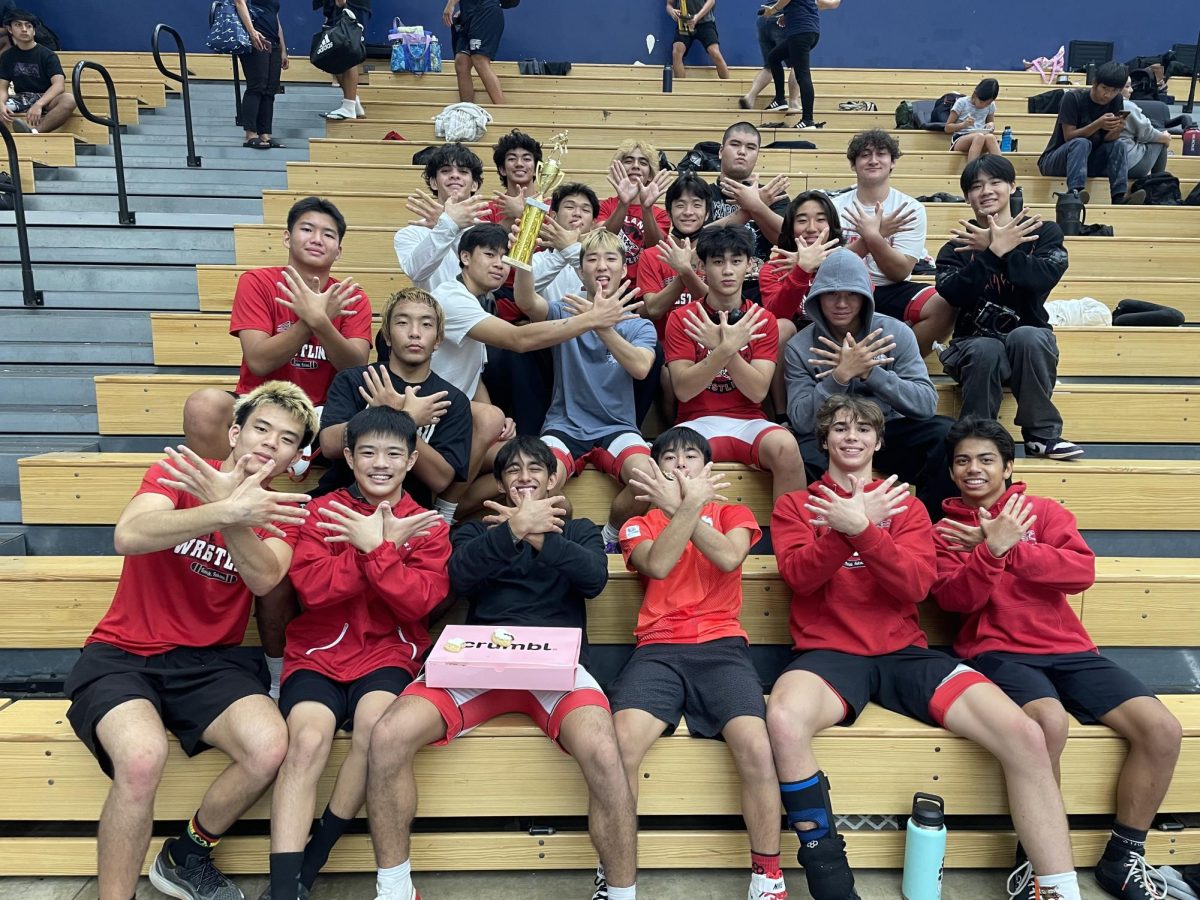
As we step into a new academic year, the approach to teaching is evolving, especially in the realm of fine arts. Ms. Isabella Berenezi, with a rich background in studio art, is ready to bring a unique perspective to her ceramics class.
“I will be using a different approach because I used to teach studio art, painting, and drawing,” Ms. Berenzi says. “So it’s been a learning process teaching ceramics because you need a little more organization.”
Ms. Berenzi takes her ceramics class very seriously, emphasizing that art is critical for students and that they should expect their creations to reflect the effort they put into it.
“I would say that you get what you put into my class,” she explains. “This is my main subject, so to me, this is my core class. I think the Arts are super important.”
She believes creativity is important: It expresses problem-solving and allows a person to think outside the box. Art is a great way to encourage expression.
“The reason why I want to teach is to help foster creativity in my students and help them be able to express themselves, especially at your age,” she states passionately. “It’s important to express yourself and feel comfy and cozy, and allow yourself to be free and be yourself.”
This commitment to nurturing self-expression speaks to the heart of art education, offering students a safe space to explore their identities. Creating memorable experiences is also her priority.
She is enthusiastic about face-to-face learning, especially in a creative and hands-on discipline like ceramics.
“Well, I was teaching online for the last 3 years and I really miss interacting in person, so that is why I decided to apply to this job, and I love ceramics,” she explains.

She is proactive in ensuring that her class is successful.
“I always try to make sure my students are set up for success,” she says. “I’ll support them in any way I can and just make sure I have all my duties as a teacher covered so that the student can get support in any way they need.”
Her dedication improves the learning atmosphere, trust, and collaboration between herself and her students.
She says art is inclusive.
“I think that’s the best thing about art; it’s a universal language so all are welcome,” she says.














